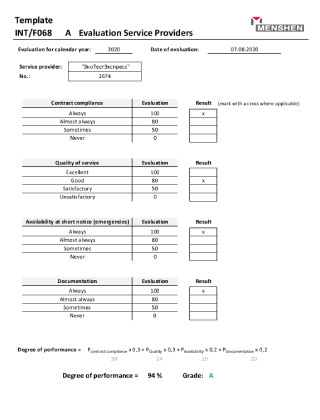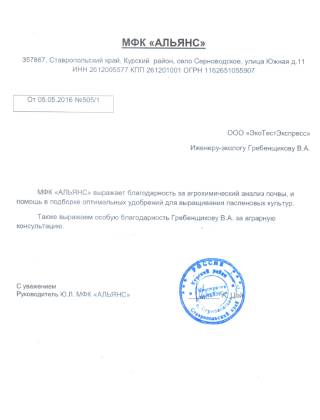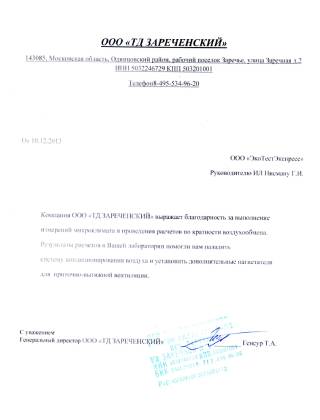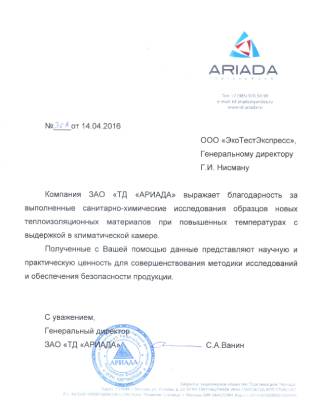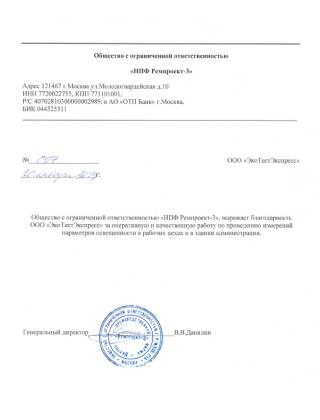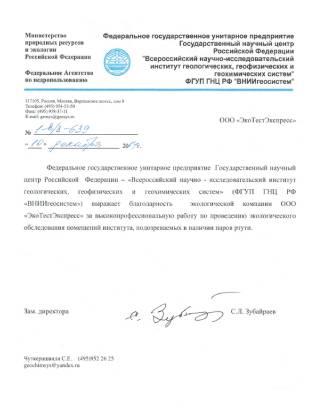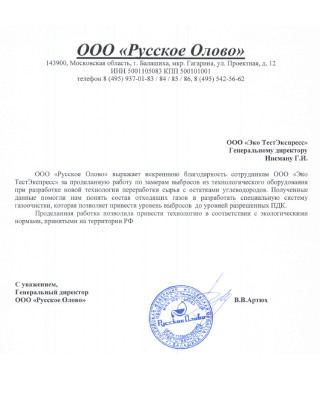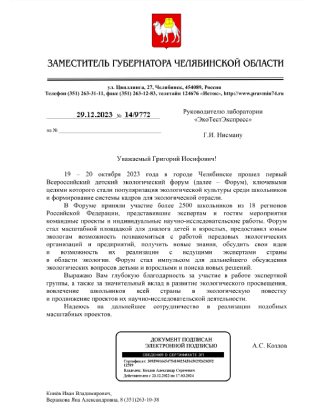Welcome to Lotus365, your all-in-one platform for seamless productivity and collaboration. Experience the future of work with our powerful suite of integrated tools designed to elevate your entire team’s performance.
Getting Started with the Platform
Getting started with our platform is a streamlined process designed for immediate productivity. Begin by thoroughly exploring your personalized dashboard, which centralizes all essential tools. We strongly recommend completing the interactive onboarding tutorial, as it provides foundational knowledge on key workflows and advanced features. Taking these few minutes initially will save you hours later by establishing efficient habits. Familiarize yourself with the main navigation and customize your settings to match your project requirements for a truly tailored experience that scales with your ambitions.
Creating and Verifying Your Account
Getting started with the platform is a straightforward process designed for a quick setup. After creating your account, you will configure your initial profile and explore the main dashboard, which serves as your central control panel. The key to a successful launch is completing the guided onboarding tour, which introduces all core features. A dedicated help center with articles and tutorials is available for immediate assistance. This initial user onboarding process ensures you can begin utilizing the system’s tools effectively from day one.
A well-structured initial setup is crucial for long-term user adoption and productivity.
Navigating the Main Dashboard
Getting started with our platform is your first step toward unlocking powerful business intelligence. Our streamlined onboarding process is designed for immediate impact, guiding you from initial setup to generating your first insightful report in minutes. data analytics platform is built for users of all technical levels, featuring intuitive tools and guided workflows. You’ll quickly connect your data sources, visualize key metrics, and discover actionable insights that drive growth. Welcome to a smarter way of working.
Customizing Your Personal Workspace
Getting started with our platform is designed for immediate impact. Begin by creating your account to unlock a tailored onboarding experience. This guided setup ensures your core tools are configured for success from day one. We focus on a seamless user onboarding process that eliminates complexity.
You can go from sign-up to your first key result in under ten minutes.
Quickly import your data, invite team members, and explore intuitive dashboards. Our platform empowers you to achieve your primary objectives faster, turning initial setup into long-term value without the steep learning curve.
Core Features for Project Management
Effective project management platforms share several core features that streamline workflow and enhance collaboration. Centralized task management allows teams to create, assign, and track progress against deadlines, while integrated file sharing ensures all documents are accessible in one location. Robust scheduling tools, including Gantt charts and calendars, provide visual timelines for the entire project lifecycle. Communication is facilitated through comment threads and update feeds, keeping everyone aligned. For improved project visibility, comprehensive dashboards and reporting tools offer real-time insights into performance metrics and potential bottlenecks. Many systems also incorporate resource allocation features to optimize team workload and budget tracking for financial control.
Organizing Tasks and Setting Deadlines
Effective project management hinges on core features that centralize control and enhance Lotus365 login visibility. A robust project management software solution must include comprehensive task management with assignment and deadline tracking, coupled with a shared team calendar for scheduling. Integrated file sharing and real-time communication tools are non-negotiable for collaboration, while visual Gantt charts and customizable dashboards provide essential progress tracking and reporting. These foundational elements create a single source of truth, eliminating silos and driving project success.
Collaborative Tools for Team Communication
Effective project management hinges on a core set of integrated features that streamline workflows and enhance visibility. Centralized task management allows for precise assignment and tracking, while collaborative workspaces ensure team alignment. Robust scheduling tools, including Gantt charts and dependencies, provide a clear project timeline. Integrating document sharing and communication channels within the platform eliminates data silos. These elements are fundamental for achieving optimal project management efficiency, enabling teams to deliver work on time and within budget by providing a single source of truth for the entire project lifecycle.
Tracking Progress with Visual Dashboards
Effective project management software hinges on a few core features that keep teams aligned and productive. At its heart, you need a centralized task management system for assigning and tracking work, clear timelines like Gantt charts to visualize deadlines, and collaborative workspaces for seamless file sharing and discussion. This powerful combination ensures everyone is on the same page, drastically improving project visibility.
Ultimately, the goal is to create a single source of truth for the entire project lifecycle.
Adopting these tools is a cornerstone of effective team collaboration, reducing confusion and keeping your projects moving forward smoothly.
Advanced Tools for Business Intelligence
Advanced business intelligence tools leverage artificial intelligence and machine learning to transform raw data into actionable insights. These platforms offer predictive analytics and natural language processing, allowing users to forecast trends and interact with data conversationally. The integration of data visualization and real-time dashboards enables stakeholders to monitor key performance indicators instantly. Furthermore, modern solutions prioritize data governance and security, ensuring compliance and trustworthy analytics across the entire organization, which empowers more strategic and data-driven decision-making.
Generating Custom Reports and Analytics
Modern business intelligence platforms have evolved into comprehensive data ecosystems, moving beyond basic dashboards to support true data-driven decision making. These advanced tools integrate capabilities like augmented analytics, where AI and machine learning automate data preparation and generate insights through natural language queries. This empowers users to perform predictive modeling and sophisticated ad-hoc analysis without deep technical expertise. The focus is on proactive intelligence, enabling organizations to move from hindsight to foresight. Adopting a modern data stack is no longer optional for maintaining a competitive advantage.
Utilizing Data Visualization Features
Advanced business intelligence tools are revolutionizing how organizations leverage their data. Moving beyond static reports, these platforms offer predictive analytics capabilities that forecast trends and model potential outcomes. With features like AI-driven insights, automated data preparation, and real-time dashboards, these dynamic systems empower users to move from reactive analysis to proactive, data-informed strategy. This evolution is key for achieving a significant competitive advantage in today’s fast-paced market.
Setting Up Automated Data Syncing
In the modern data landscape, businesses are moving beyond basic dashboards to embrace advanced business intelligence platforms. These sophisticated systems leverage artificial intelligence and machine learning to not only report on the past but also predict future trends and prescribe actionable strategies. Predictive analytics models can forecast sales, identify customer churn risks, and optimize supply chains with remarkable accuracy. This shift transforms raw data into a strategic compass for leadership. Ultimately, these powerful tools empower organizations to move from reactive decision-making to a proactive, data-driven future.
Optimizing Your Workflow
Optimizing your workflow is essential for maximizing productivity and minimizing stress. Begin by conducting a thorough audit of your current processes to identify bottlenecks and time-consuming, repetitive tasks. Leverage automation tools to handle these workflow automation opportunities, freeing up your mental energy for high-value, strategic work. The core principle of process optimization is to create a seamless, logical sequence of actions, often by batching similar tasks and utilizing project management software. This systematic approach ensures consistent output and creates a sustainable, efficient work rhythm.
**Q: How often should I review my workflow?**
**A:** A quarterly review is ideal. This allows enough time for processes to settle while ensuring your system evolves with your responsibilities.
Integrating with Third-Party Applications
Optimizing your workflow is the key to unlocking peak productivity and reducing daily friction. By strategically analyzing your current processes, you can identify bottlenecks and implement powerful systems that create a seamless workflow. This often involves automating repetitive tasks, prioritizing deep work, and leveraging the right digital tools to create a more efficient work environment. A well-structured morning routine can set a productive tone for your entire day. Embracing these principles of workflow management ensures you accomplish more with focused effort and less stress.
Automating Repetitive Processes
Optimizing your workflow is essential for maximizing productivity and achieving a state of peak efficiency. By critically analyzing your daily tasks, you can identify bottlenecks and implement strategic improvements. This often involves automating repetitive duties, consolidating communication channels, and batching similar work. Adopting a systematic approach to task management not only clears mental clutter but also dramatically boosts output. Embracing these productivity optimization techniques transforms chaotic to-do lists into a streamlined, predictable system, allowing you to accomplish more with focused effort and less stress.
**Q&A:**
* **What is the first step to optimize a workflow?**
The first step is to conduct a thorough audit of your current processes to pinpoint exactly where time is being lost or effort is being duplicated.
Best Practices for Team Adoption
Optimizing your workflow is all about working smarter, not harder. Start by identifying your biggest time drains and then implement systems to streamline them. This could mean batching similar tasks, using project management software, or simply learning a few new keyboard shortcuts. A key benefit of effective task management is that it clears mental clutter, allowing you to focus on deep, meaningful work without constant context-switching. You’ll be amazed at how much more you can accomplish with a few intentional tweaks.
Security and Administrative Controls
Security and administrative controls form the foundational governance layer of an effective cybersecurity program. These are the policies, procedures, and standards that dictate how an organization manages and protects its assets. Key examples include robust hiring practices, mandatory security awareness training, and a well-defined incident response plan. Implementing strong administrative safeguards ensures that technical controls are supported by consistent human action and organizational policy. A critical component is the segregation of duties, which prevents any single individual from having excessive system access, thereby reducing the risk of insider threats and fraud. Ultimately, these controls are essential for regulatory compliance and establishing a mature security posture.
Managing User Permissions and Access
Security and administrative controls form the essential framework of an organization’s defense strategy, proactively managing risk and enforcing policy. These procedural mechanisms, from onboarding protocols to incident response plans, establish the rules of engagement for personnel and technology alike. A robust access control policy ensures that users only interact with data and systems critical to their roles, creating a foundation of least privilege. A culture of security awareness transforms these controls from static rules into dynamic, living practices. This layered governance is fundamental for achieving comprehensive information security management, building resilience from the inside out.
Ensuring Data Protection and Compliance
A fortress is not built on walls alone. Within any organization, security and administrative controls form the inner keep—the essential policies and procedures that govern daily operations. These foundational rules dictate user access, define data handling protocols, and enforce accountability, creating a resilient security posture. This human-centric layer of defense ensures that even the most advanced technical safeguards are not undermined by procedural failures, establishing a robust information security management system that protects the kingdom from within.
Configuring System-Wide Security Settings
Security and administrative controls form the foundational framework of an organization’s information security management system. These procedural measures govern the selection, implementation, and operation of technical safeguards, encompassing policies, employee training, and vendor risk assessments. A robust set of administrative controls ensures that security is consistently managed and audited, creating a culture of compliance. Ultimately, these human-centric policies dictate how every other security layer is governed and maintained. Effective implementation of these measures is critical for achieving regulatory compliance and serves as a core component of a proactive risk management strategy.











